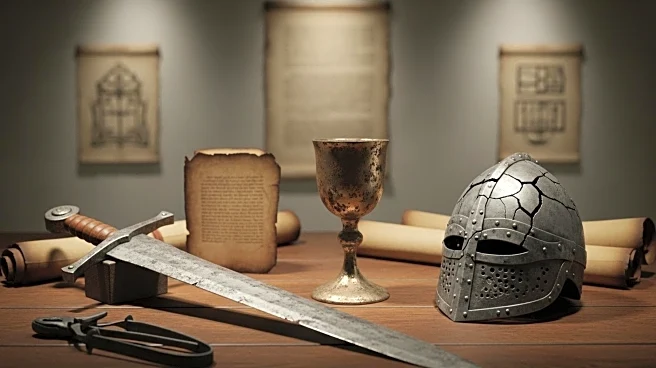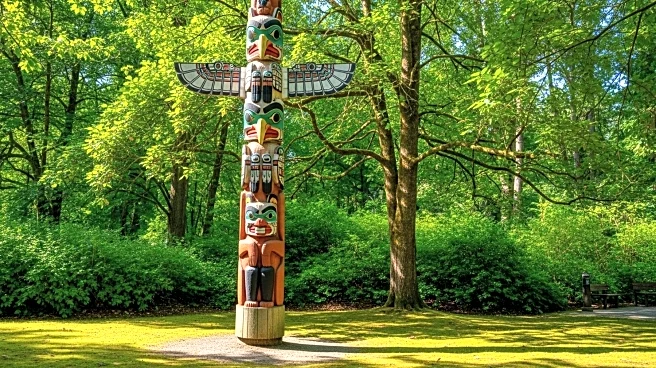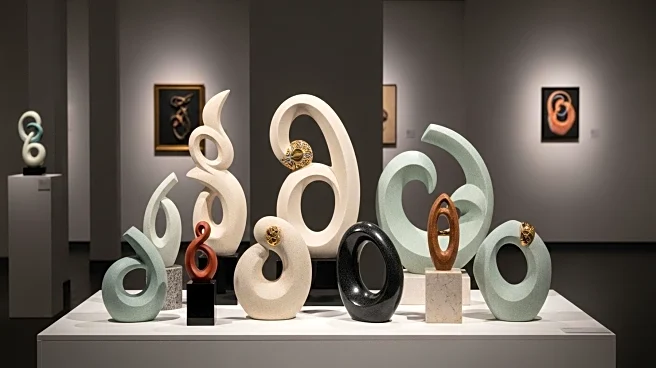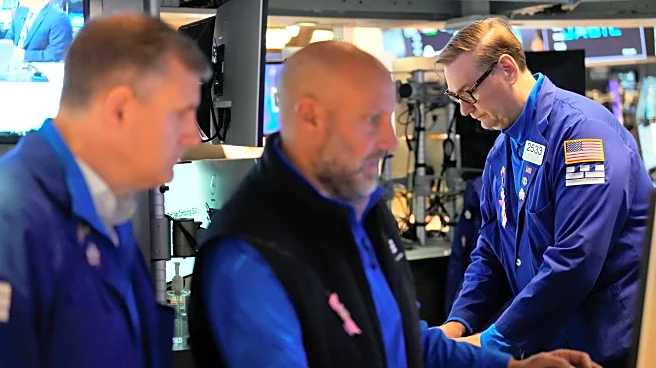What is the story about?
What's Happening?
A collection of possibly medieval artefacts discovered in a thrift store in western Canada is set to become the centerpiece of a unique educational program at Simon Fraser University (SFU) near Vancouver. The artefacts, consisting of 11 rings and two medallions, were identified by a customer with archaeological expertise and subsequently donated to SFU. Sabrina Higgins, an associate professor at SFU, has designed a course around these artefacts, allowing students to analyze their designs and materials to determine their origins. The course will culminate in an exhibition at the university's Museum of Archaeology and Ethnology.
Why It's Important?
This discovery offers a rare educational opportunity for students to engage in hands-on archaeological research. The course will provide insights into the process of provenance research, ethical considerations in archaeology, and the use of scientific analysis and digital technologies. The artefacts' potential medieval origins could contribute to understanding historical trade routes and cultural exchanges. The initiative highlights the importance of interdisciplinary learning and the role of museums in preserving and interpreting historical artefacts.
What's Next?
Students participating in the course will conduct detailed research to determine the artefacts' provenance, using scientific analysis and archival research. The exhibition at SFU's Museum of Archaeology and Ethnology will showcase both the artefacts and the research process, offering public insights into the complexities of archaeological studies. The course may inspire similar educational programs, emphasizing the value of real-world learning experiences in higher education.
Beyond the Headlines
The discovery raises broader questions about the ethics of collecting and displaying artefacts with unknown provenance. It underscores the challenges faced by museums and archaeologists in balancing educational value with ethical considerations. The initiative may prompt discussions on best practices for handling artefacts of uncertain origin and the role of academic institutions in fostering responsible archaeology.
AI Generated Content
Do you find this article useful?














